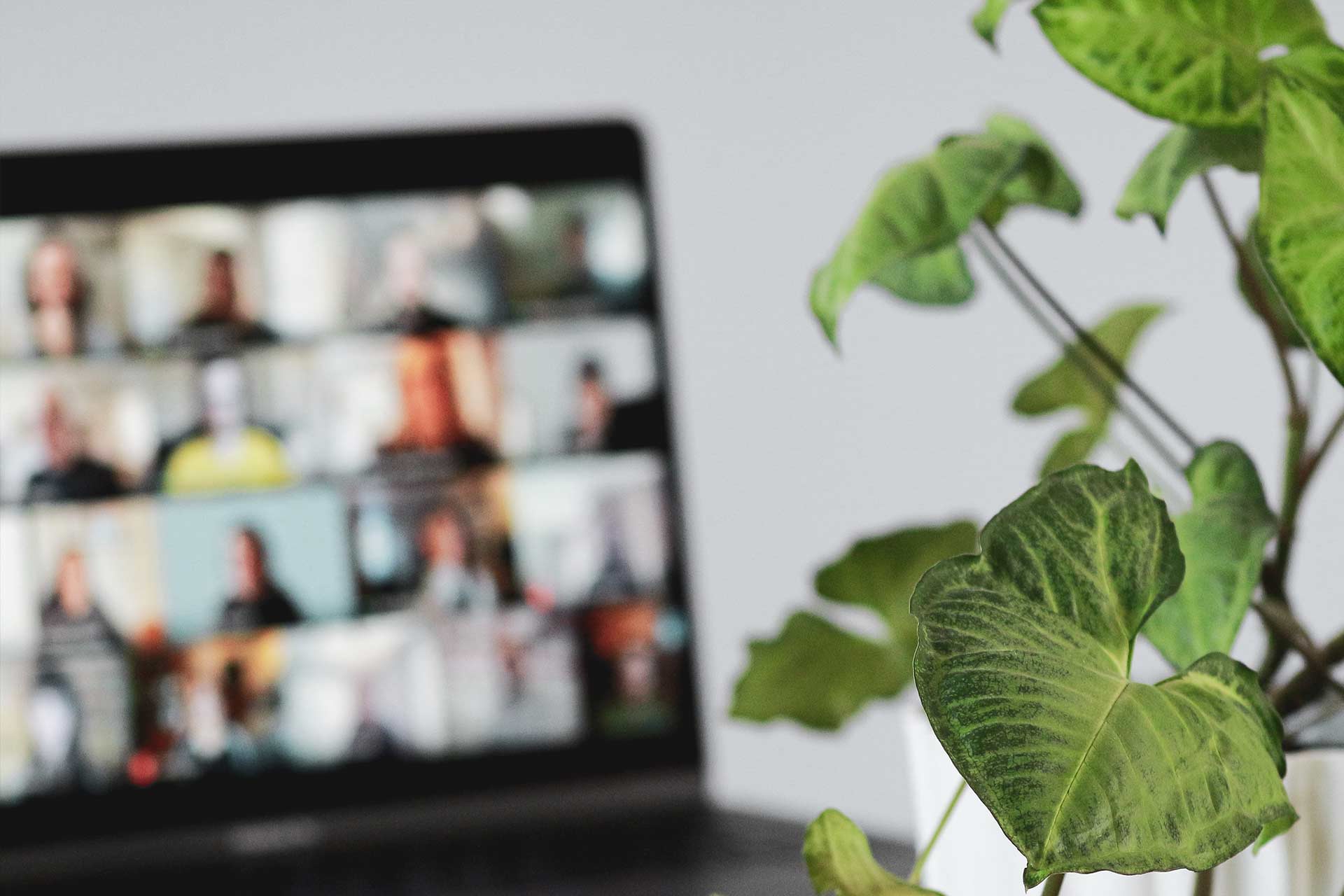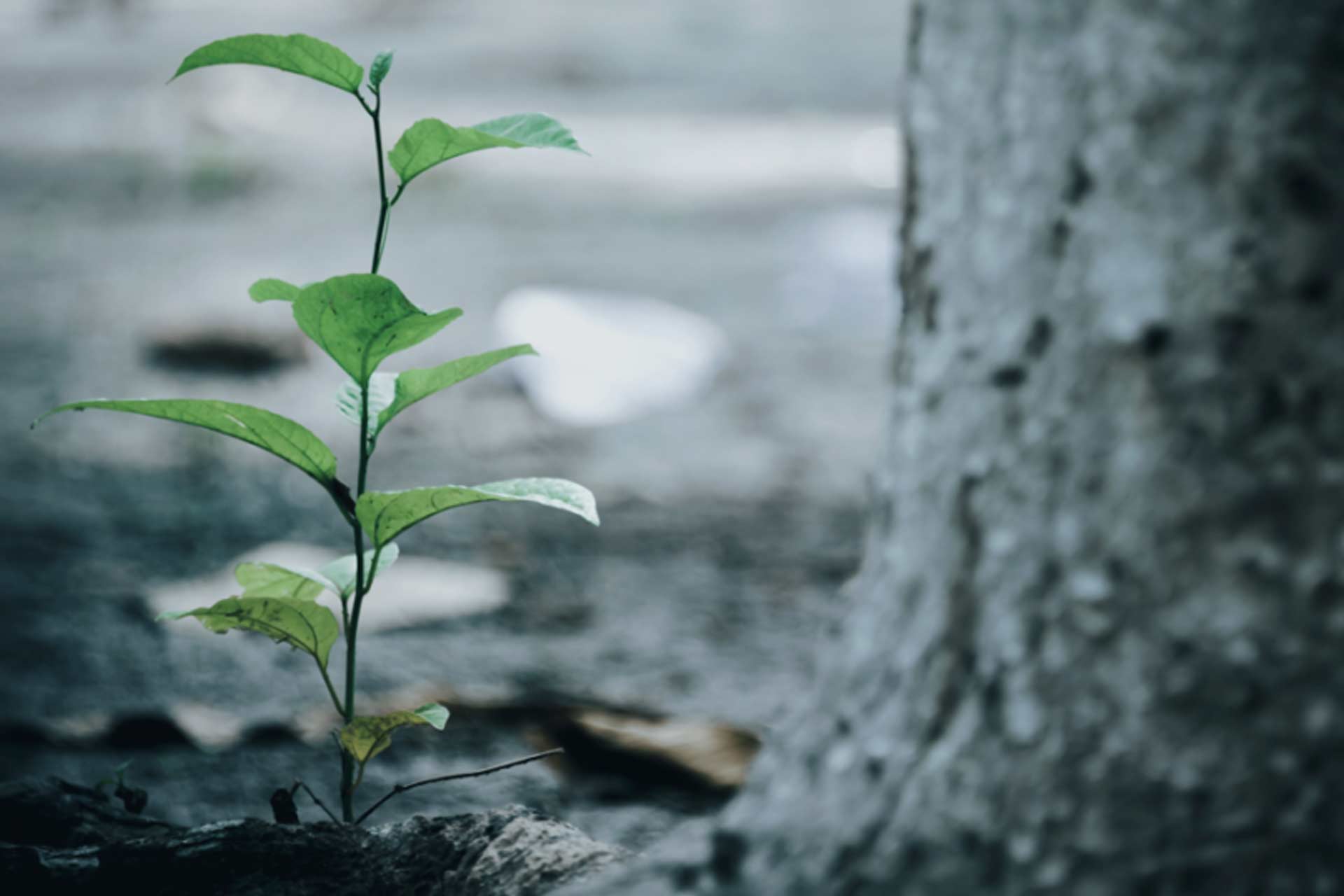The Latest

Developing survey instruments seems easy. You ask a question and get an answer... How hard can it be? Real hard it turns out. Over the last several decades, people scientists have done a bunch of really specialized, super boring [or interesting if you're like me] statistical testing and research to help increase their validity (i.e. are you measuring what you think you're measuring) and reliability (i.e. is it consistently measured?). For measures about people, this is called psychometrics. Psychometrics " is the field of study concerned with the theory and technique of psychological measurement, which includes the measurement of knowledge, abilities, attitudes, and personality traits. " The below flow chart is not meant for everyone… it assumes that you have familiarity with the statistics and general best practices behind survey development for latent variables. Otherwise you’re going to look at this and want to barf. Which may have already happened when you read latent variables. For you Quantoids out there, this is not meant as the end-all-be-all guide to survey statistics and the structural equation modeling (SEM) that follows. Survey analytics is part art, part science, and you can’t capture every nuance in one long, wordy, stats jargon-y, “infographic,” “flow chart.” The numerical guidelines we put in there are NOT hard and fast rules, rather common guidance referenced in the literature.

In this episode we talk with Ashley Young, a professional who specializes in community and corporate emergency preparedness. She did her master's thesis as a Fulbright Scholar on community emergency planning and has spent the last several years helping some of the biggest companies in the US prepare for all sorts of emergencies. Join us for some practical tips for yourself and your companies.

As the new COVID reality sets in and we plan for a long period of personal hardship, finding healthy practices to adopt during this overwhelming time becomes more and more important. Resilience (“ an ability to recover or adjust easily to misfortune or change”) provides clues on realistic practices we can adopt to bounce back from hardship. In a chapter of the upcoming book, The Age of Agility: Building Learning Agile Leaders and Organizations , researchers provide keystone practices that improve resilience and make a difference. Below are the habits we can adopt to help us get back a little mental and physical well-being during this challenging time: It turns out that there has been A LOT of research on the topic of resilience, so much that the number of things that people are told to do becomes overwhelming. Quite honestly, the list was so long it decreased my resilience. So, the three of us set about identifying a short list. More specifically, we looked for “keystone” practices that would be catalysts for even more resilience. I thought it might be helpful for me to share them with all of you. Get it down on paper and out of your head Make a list of all of the challenges and opportunities you have (throw them down on paper and out of your brain so you quit ruminating on them). You don’t have to do them, you just need to get them out there where your brain doesn’t think it has to remember all of them. Build a fence Choose a short list of tasks– maybe the 1-3 things that are most critical for you to do today. Focus on the very few items that are most urgent and/or will free up other resources. Give yourself a gold star for completing those items. It would be really good if one of the things was creative and fun – something that will bring life to the day. For you overachievers out there (you and I both know who you are), add more items if you must, but they are “extra credit” if you accomplish them. Your goal is to finish the day with the short list because it will spur higher efficacy than when you started. Don’t put so much on your “must do” list that you finish the day with the same or lower efficacy. Exercise a little It doesn’t take much. Just go for a walk or exercise for 20 minutes sometime during the day. Connect Social support is critical to resilience. So, call a friend. Email someone and tell them how grateful you are for them. Find people who give you energy. Play a game with housemates. You want real perspective? Call a small child in your network and ask what they are doing while they are stuck at home? Be mindful Meditate. Pray. Journal. What emotions are kicking around? “I feel angry that… sad that… afraid that.. guilty that.. grateful that.. happy that… secure that… proud that…” Connect spiritually Begin with a short prayer – “Today is your day God.” Then watch to see what happens. What purposes are trying to find you today? Who can you secretly beam a prayer to? (Don’t tell them, just make their day wonderful without them even knowing why.) By Paul Yost, CodieAnn Dehaas, and Mackenzie Allison Paul Yost Ph.D. Is an Associate Professor at Seattle Pacific University. His research and practice focuses the strategies that leaders and organizations can enhance their agility and leadership capacity. He is currently exploring the behaviors and practices that distinguish catalytic leadership; that is, leaders who develop people in a way that in turn increase the potential and capacity of others. He is the co-author of two books: Real Time Leadership Development and Experience-Driven Leader Development and several articles and book chapters on leadership development. Before teaching, Paul served as Senior Research Specialist at Microsoft with responsibilities in talent management, leadership development, and executive assessment; and Manager of Leadership research with The Boeing Company where his work focused on leadership development, how leaders can capture the lessons of experience, and employee surveys. Previous positions include GEICO Insurance and Battelle Research with experience in selection, managerial training, employee engagement, and team development. Paul received his Ph.D. in I-O Psychology from the University of Maryland. Mackenzie M. Allison M.A. is a Doctoral Candidate in the Industrial Organizational Psychology department at Seattle Pacific University. Her research interests include: leaders who catalyze those around them to also lead in a way that is teaching others to be catalysts, leaders (who do not identify themselves as leaders) whose language effects behavior of those around them, and looking at how leadership operates in complex adaptive systems. Additionally, she is passionate about studying those who are resilient and how to become more resilient on the individual, team, organizational, and societal level. Her research has been presented and discussed in panels at multiple Society of Industrial Organizational Psychology conferences. CodieAnn DeHaas M.A. is a Research Scientist at the Center for Leadership and Strategic Thinking at the University of Washington. Her work focuses on leadership development research, with an emphasis on program assessment and evaluation. This includes supporting the programs administered for leaders in a wide variety of industries and levels, while also managing the Undergraduate Research Assistant program. CodieAnn is also a doctoral candidate in the Industrial-Organizational Psychology program at Seattle Pacific University. Her research includes resilience interventions in the workplace, at multiple lengths and time points. Additionally, she has supported research regarding catalytic leadership and leadership coaching.

A year ago, I regularly found myself saying things along the lines, “It’s only a few million dollars. Why do we need a signed approval for this?” I’d have a good laugh with my coworkers around the water cooler about how weird conversations like that were in the context of real life. About how nice it would be if we could just have us .1% back from our campaigns… We’d be set for life. When putting together the numbers for the business cases and sales campaigns inside one of the world’s largest companies, money meant something completely different there than it did at home. I’ll never forget the first few weeks after I joined a scrappy new product development team with a great market outlook that couldn’t get the attention it deserved – we were bringing in tens of millions of dollars in revenue. I was impressed – I’d only worked in research and development. Which costs money. Making tens of millions of dollars sounded great. I quickly learned it’s not. It’s a rounding error for a $100 billion company. In the years to follow, I worked on and saw several multi-million- and billion-dollar business cases. Money continued to mean almost nothing at work. Or at least until it didn’t anymore. I quit that job almost a year ago after deciding I was done trying to climb that corporate ladder. I wanted to take a chance going back to a field that helps advance the voice of people and pursue my PhD in Industrial-Organizational Psychology. However, I’m still a stakeholder through my 401K and I got a copy the annual report in the mail a few months ago. In it, I found a line touting how much it had given back to the community over the past ten years. I callously and sarcastically said to my husband, “Oh wow. They’re is so giving. They gave back $1.7 Billion over 10 years!” He quickly jumped to its defense, mansplaining to me that I was expecting too much. That it was a lot of money. That it was giving back enough. He’s right. $1.7B is a lot. But to me, $170M a year was laughable. I sat him down and gently, but firmly explained why… In 2018 the company I worked for reported $101 billion dollars in revenue. For that same time period, they boasted giving $283 million dollars back to the community which is a measly 0.2% of revenue. Digging into the numbers a bit more… of the $1.7 billion over 10 years they took credit for in “community investment.” In only 5 of those years, the infographic points out that 10% of those donations came directly from employees donating their own money (which is tracked through the matching program). In fact 2018, 13% ($37.8M) of the donations the company took credit for in their announcement came directly from the pockets of employees. So no. I did not think that they gave back enough. Then he asked me a question I’ve been grappling with since then: “So, how much should we expect companies to give back?” I’m not completely sure what the right answer is… But I’m 100% sure 0.2% isn’t it. Since, I’m only intimately familiar with the deep pockets of one Fortune 25 company (and an analyst), I decided to check if this behavior was limited to the company that I knew or if it was part of a bigger trend. I quickly stumbled across a 2015 list by Forbes: The 20 Most Generous Companies of the Fortune 500 . That’s when I felt like I might be on to something… Second on the list was Walmart who gave a whopping 0.06% in cash donations as a percent of revenue that year. Each company I looked up showed similar trends. Of the top 20 biggest givers, just one donated more than 1% of revenue in cash. Gilead, a pharmaceutical company whose donations are tied to cash grants, a part of its business model.



